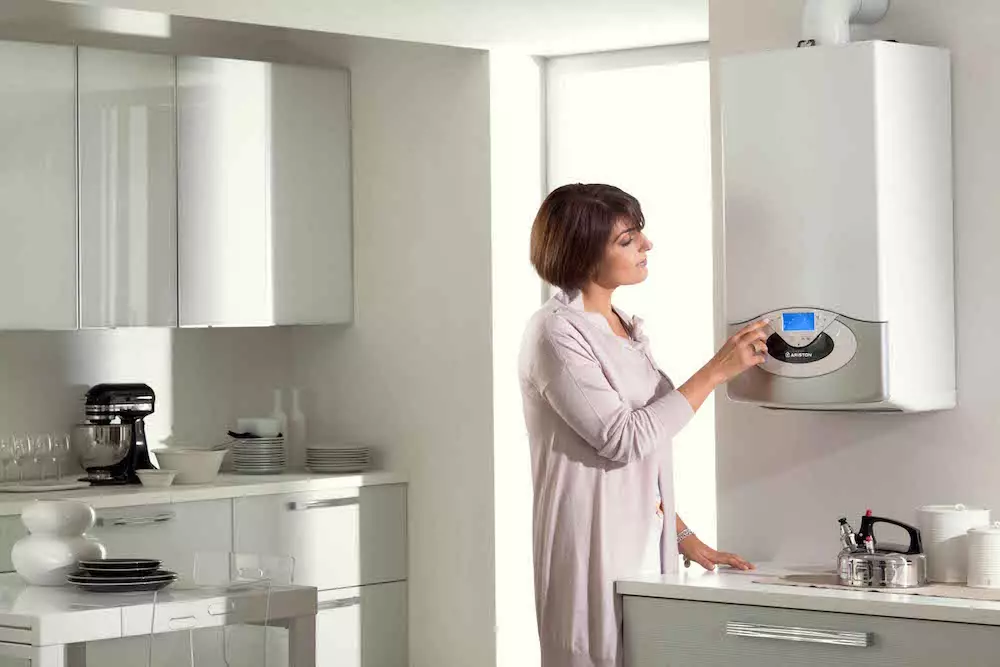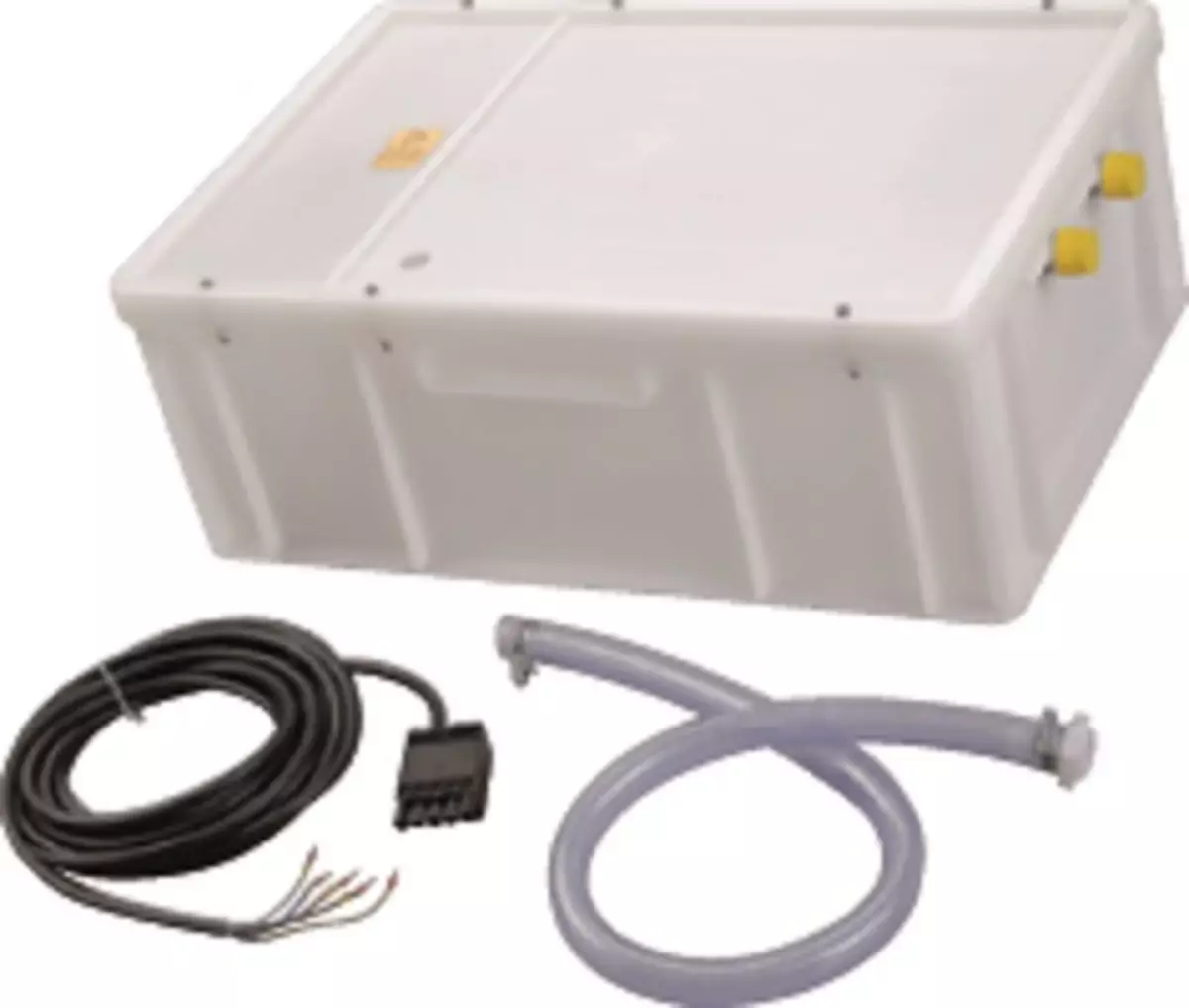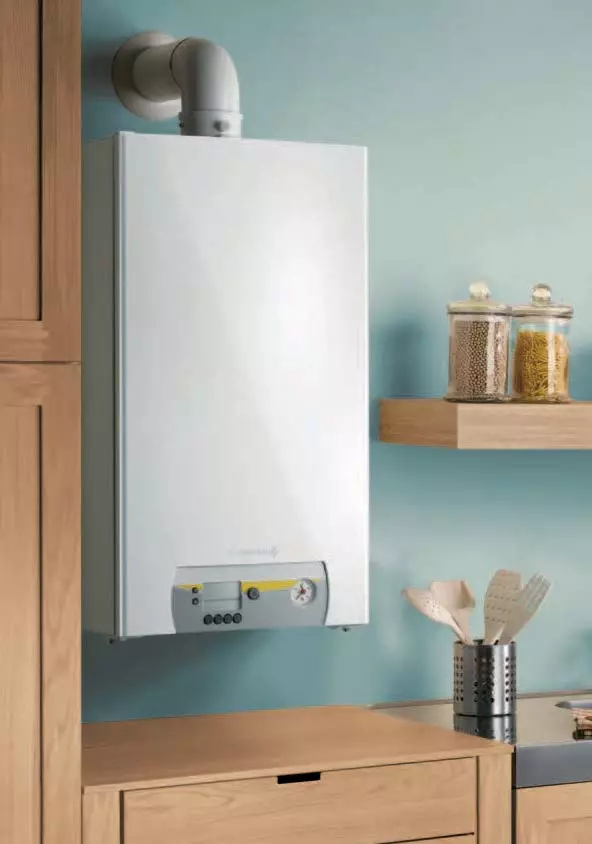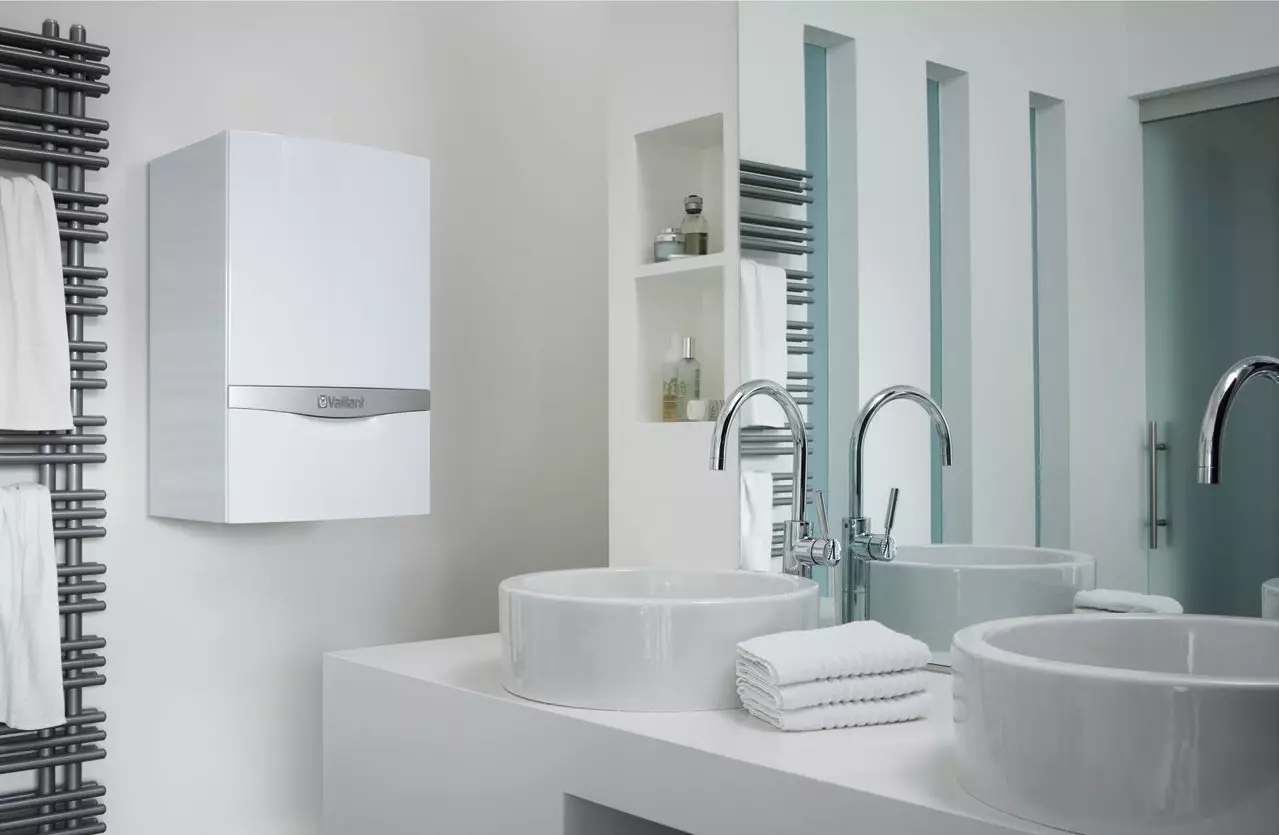New technologies gradually conquer their place in the market of heating equipment, and some buyers are already thinking about what it would be nice to go to modern, economical gas boilers of a condensation type. But not everyone understands that the simple replacement of the old boiler will not be limited to the new boiler.


Photo: Ariston.
What are the features of the design of condensation boilers, due to which the serious reconstruction of the heating system is required?
5 main features of condensation boilers compared to traditional
1. Gaseous combustion products at the outlet of the condensation boiler have a temperature not higher than 57 ° C (a conventional boiler it reaches 200 ° C)
The low temperature of combustion products leads to the formation of condensate - mixtures of acids and resinous substances that settles in chimney. If the combustion products were strongly heated, then the whole mixture would fly into the pipe and simply would not have time to condense. And this condensation is chemically very aggressive, and the usual chimney will quickly collapse from it. Therefore, for condensation boilers, a new chimney of chemically inert materials is required (for example, stainless steel or acid-resistant plastic).

Condensate neutralizer. Photo: Buderus.
2. The burner at the condensation boiler has a closed combustion chamber
The burner is equipped with a fan feeding a strictly defined amount of air. For accurate and efficient operation of the system, air is needed from the street, that is, in addition to the chimney another air duct. Therefore, quite often chimneys in condensation systems are performed from coaxial pipes (coaxial tube - this is, in fact, two pipes embedded in another. On the inner tube, hot air leaves the room, and cold air comes from the street on the outer tube.

Photo: Dedietrich.
3. The fan must rotate
So, it should be a constant power supply. In many models of traditional boilers with atmospheric burner, the electricity connection was not required, i.e. they were more autonomous.4. Condensate must be nathed somewhere!
Indeed, where to give this rat mixture of resins and acids? If the volume of condensate is small, and it can be strongly diluted with water (at least 10 K 1, and better 25 K 1), and the resulting liquid can already be merged into the sewer (say, in septic tank). And if there is a lot of condensate, and you do not want to waste every day several dozen or hundreds of liters of water, then additionally to the boiler it is necessary to install a special device - condensate neutralizer. This is just a large box with loading like a marble crumb, passing through which condensate loses its harmful properties, and then you can already merge into the sewer.

Photo: Vaillant.
5. Condensation boiler Water will not boil
Rather, with normal operation, the optimal temperature of the coolant in the condensation boiler does not exceed 55 ° C. This is more than enough, let's say, for a system of water warm floors, in which the temperature of the coolant generally does not exceed 25 ° C - but for the radiator system, such a temperature may be insufficient. Therefore, when replacing the convection boiler on the condensing, you will have to make the temperature recalculation - but whether there is enough thermal power to radiators for the new system. Perhaps some radiators will have to be replaced.

